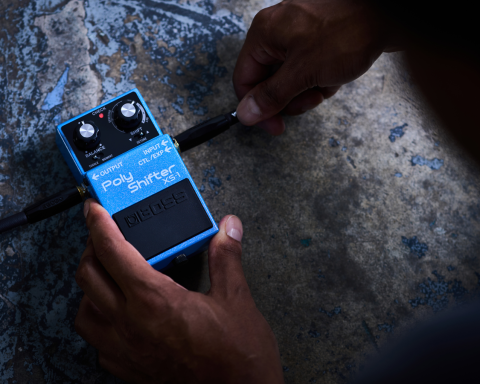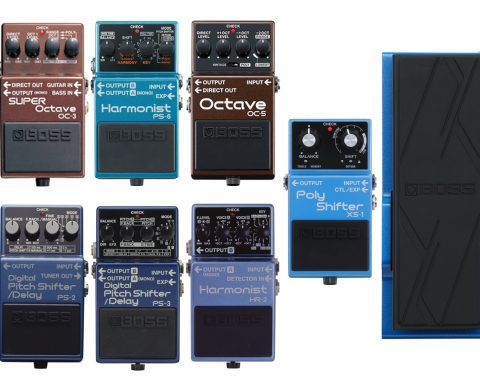Has your new and evolving pedalboard got your mind on choreography more than playing? You know the deal: Turn off the AC Simulator, turn on the gain, hit your boost, tap delay on. Wait… Now, repeat and do it backward. Well, take those old dance routines and trash ‘em. With a quick setup, you can be one step away from complete tonal changes with a single toe tap.
Creating a Sonic Outline
Once you have a few pedals to work with, a basic outline of your favorite sounds from them will become clear. Some sound great together on certain parts, and better alone for others. A loop switcher, at its most basic level, will allow you to bring in those combinations with a single foot move.
Another quick move and you are right back to a single pedal. For example, you could also move to an even more sophisticated and intricate tonality. You can execute all this with synched tempo changes, modulation shifts, gain alterations, and minimal dance moves.
"A loop switcher, at its most basic level, will allow you to bring in those combinations with a single foot move."
Loop Basics
When using a switcher, plug each pedal directly into the switcher at one of several loops. These will work in conjunction with the hardware and software of the switcher unit. You can then turn a loop on or off with your foot or through simple programming moves.
Switch the physical pedal itself to its “On” state. Then, the unit will either activate that loop to make the pedal’s effect heard. Alternately, it will bypass it, depending upon what you choose. Save the patch, create a new one, and so forth.
More advanced units offer complete control over tempo and MIDI functionality. This creates tonal freedom with very simple performance-minded switching. The BOSS series of switchers can bring this kind of sonic nirvana with ease. In fact, with a learning curve easy enough for the MIDI-fearful crowd, you’ll be rolling in a matter of minutes.

Live Applications
One powerful way to use the BOSS ES-8 in a live set involves creating three patches of varying gain levels, then placing them next to each other in a bank. The first patch in a bank can a low-gain tone that cleans up with a little reduction of the guitar’s volume knob. A second patch is a mid-gain sound. Right next to that, you can place a high-gain sound.
One of the pedals in your loop can also be a booster pedal. Set this up in the “Loop Structure” section of the patch menu after the gain pedals, to give a volume boost for leads. When using any of these patches, you can touch that same button to activate the boost pedal and turn on a delay. This gives you a “Lead Volume” sound, as well as a sense of space, that can quickly be undone by touching the same foot button. Three buttons. Six sounds. Amazing.
Dance to the Music
Manipulate MIDI-capable pedals. Utilizing extra control inputs on a preamp pedal such as the BOSS AD-8. Turn a tuner on and silence your rig with a tap. A BOSS switcher can do all this and more, quickly and easily. Imagine: Store all the tones your growing board can produce and recall them in a mere moment. Switchers let you dance along to your music, not your pedals.







